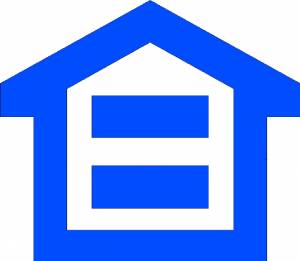Section 202 is the official name for one of the senior housing programs offered by the federal government and consists of public rental housing options for qualifying seniors…
“Sec. 202. (a) (1) The purpose of this section is to assist private nonprofit corporations to provide housing and related facilities for elderly families and elderly persons… (d) (8) The term “related facilities” means (A) new structures suitable for use as cafeterias or dining halls, community rooms or buildings, or infirmaries or other inpatient or outpatient health facilities or for other essential service facilities , and (B) structures suitable for the above uses by rehabilitation, alteration, conversion, or improvement of existing structures which are otherwise inadequate for such uses.”
HUD income limits change each year due to inflation and cost of living adjustments and are published by the government on HUD website as soon as they are updated.
In order to qualify for HUD 202 housing you need to be 62 or older and fall in the Very Low Income limits for your particular state/county/city which is currently 50 percent of the median income level as established by the government.
 This means you need to look up the state and county you live in to find the median income and take half of that. If you make less than that amount you can qualify for HUD 202 public housing.
This means you need to look up the state and county you live in to find the median income and take half of that. If you make less than that amount you can qualify for HUD 202 public housing.
HUD 202 Income Limits vary From State To State
This means that a senior might qualify for HUD 202 senior housing in one state and/or county but not another because it is regionally based. The reason the HUD 202 income limits are calculated this way is because the government thinks that a person living in a higher median income area most likely will have a retirement income in line with that median income.
Any senior planning on moving and wanting to qualify for Section 202 housing should check the median income level for that area to make sure they will still qualify for assistance before they move.
The whole idea behind the 202 program was to provide a safety net for those seniors with the lowest incomes affordable housing. With that in mind the rental choices for 202 qualifiers will most likely not be as nice as other types of senior subsidized living units.
To find the HUD 202 income limits for your state and county the HUD site has a PDF you can download and also a handy interactive map that easily lets you check what the median incomes are for your area and they also provide the 50 percent limits so you don’t even have to do any math.
Here is a quote about how Median Family Incomes are calculated:
How does HUD calculate median family incomes?
To calculate the FY 2011 MFI estimates, HUD incorporates 2005-2009 5-year ACS data. Specifically, for each metropolitan area, subarea of a metropolitan and non-metropolitan county, 5-year ACS data is used as the new basis for calculating MFI estimates. HUD is incorporating the 5-year data in this way to eliminate the reliance on the data collected during the 2000 Decennial Census as it is more than a decade old. In areas where there is a valid 1-year ACS survey MFI result, HUD endeavors to use this data as well to take advantage of more recent survey information. By using both the 5-year data and the 1-year data, where available, HUD is establishing a new basis for median family income estimates while also capturing the most recent information available.
HUD 202 Facts
The Section 202 program produces good quality housing that is rated highly by its residents. They are predominantly elderly women living alone with incomes between $5,000 and $15,000. Currently, demand for Section 202 housing far exceeds supply.
Recently completed research has shown that program costs are reasonable in relation to costs of other development programs as well as industry norms. However, in recent years, the historically low level of Section 202 annual appropriations provided by Congress, in combination with HUD practices regarding allocation of funds, has resulted in development of multiple, small projects – often proposed and developed by relatively inexperienced, small sponsors – that have reduced program efficiency and significantly contributed to project processing delays.
